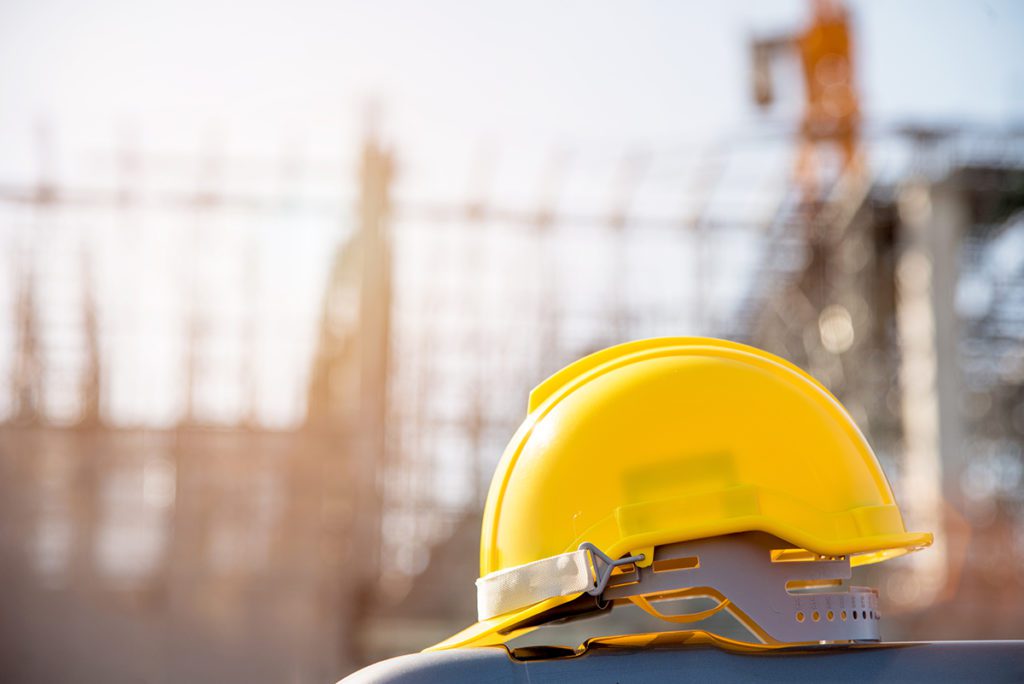
THE full impact of Covid-19 on the UK economy is expected to spell ‘uncertainty’ for the construction industry, according to the Construction Products Association’s (CPA) latest Scenarios report.
The document, which is published in the winter, spring, summer and autumn of each year, said that potential structural changes to the UK economy brought on by the pandemic, as well as uncertainty around consumer confidence and unemployment rates, could prove ‘significant’ to construction activity returning to pre-Covid growth rates.
The report anticipates that construction output in 2020 will fall by 20.6%, with the worst affected sectors being private housing (-33%) and commercial (-29%). It continued by noting that returns to construction sites from mid-May were largely to drive completions on existing projects and high levels of demands for refurbishments that couldn’t take place during the restrictions.
It added that long term confidence for new housing developments ‘seems’ fragile, with the prospect of rising unemployment and signs that lender appetite is worsening. It continued by stating that structural shifts towards e-commerce coupled with the shutdown of non-essential retail, as well as the potential shift to home working has reduced the demand for city centre office developments and diverted retail spending further away from high streets to online.
The CPA Scenarios report also said that the UK Government’s announcement of £5 billion of construction investment, under the slogan ‘build, build, build’, was larger a re-announcement of existing budgets. Because of this, the document said the investment will have ‘little’ impact on boosting construction activity beyond what was already expected.
Commenting on the Summer Scenarios, the CPA’s economics director Noble Francis said, “The quicker-than-expected return to sites is certainly a positive sign, and evidence of the CPA’s main scenario of a ‘tick’ shape sharp recession and recovery, with coronavirus a temporary issue primarily affecting economic activity in the first half of 2020. When social distancing eased in mid-May, sustained UK economic recovery from June was enabled as services that involve person-to-person interaction gradually opened.
“There still remains a significant number of long term uncertainties for the UK economy though, including: unemployment rates as furlough comes to an end, the uptake of homeworking, the potential of a second wave of infection, and, of course, the end of the Brexit implementation period in December. While government plans for a £2 billion Green Homes Grant is welcomed news for the industry, the key will be in the delivery of this policy, ensuring it provides long-term, patient finance rather than being spent quickly and thoughtlessly.
“While next year we anticipate construction output rising 18.0% overall, it is worth noting that this is compared with a low base of activity in 2020 and will still be 6.4% lower than pre-coronavirus levels. The delivery of major infrastructure projects will be crucial to growth in 2021, with activity on site less affected by social distancing and major projects like HS2 driving significant growth for the sector.”








